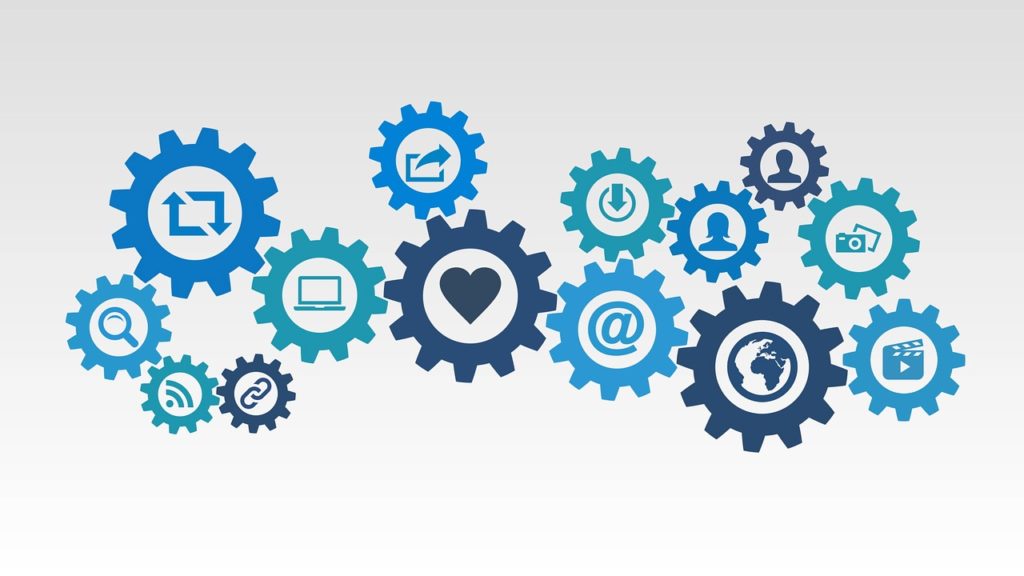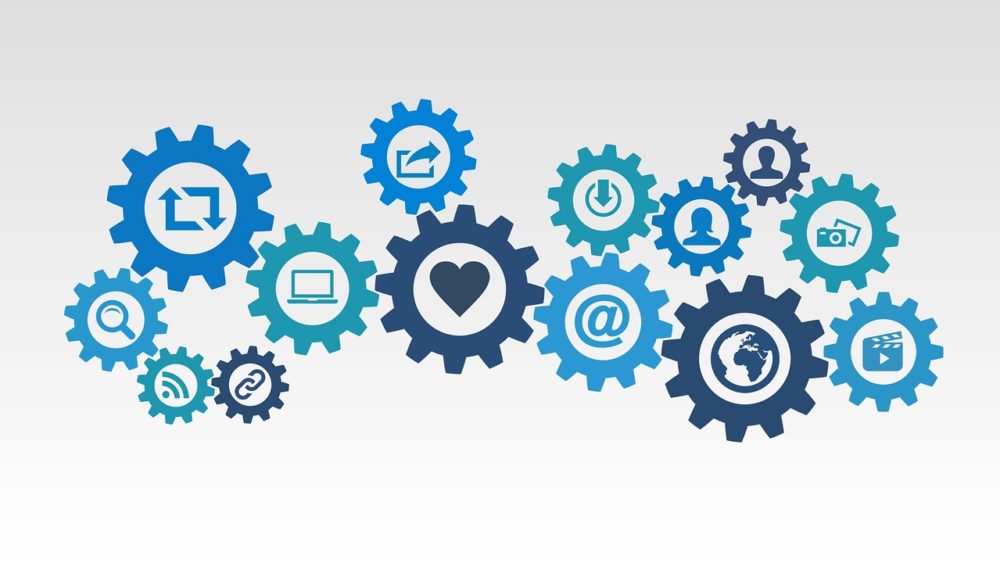
By Jim Lagger
What is “omnichannel” and why is it important? Both good questions in today’s fast-paced, video game, I need it now! culture.
Choice of how customers connect with your business is a must while building your customer service strategy and how you will operationalize your contact center. Contact centers have had many major developments and have evolved from the days of the “call center.” In fact, I would argue that the contact center is now merely a tool belt in the overall drive to acquire, retain, and satisfy an organization’s customer base. Omni-channel offers tools in the tool belt to help win against your competitors.
Omni-channel is significantly different from multi-channel. Multi-channel gives the customer the choice of how they will communicate with your organization, but each of those channels is segmented and separate. These channels include: voice, email, chat, text, and social media. The last channel, social media, has produced unique challenges due to the historical manner in which these solutions have been facilitated. Typically, it is the marketing department of an organization that handles these types of interactions, not the contact center. As a result, there is a breakdown in the overall pursuit of superior customer service for the organization.
Enter omnichannel, the environment that pulls the multiple choices of how a customer can choose to communicate with your organization into one connected platform that communicates and understands what each is doing. Ultimately, the most important component of this strategy is the use of and sharing of data. Omnichannel accomplishes this task in an efficient and timely manner, across the entire enterprise.
The key components of building an effective omnichannel strategy include: connection to the organization, putting the customer first, manage toward desired and measurable outcomes, and leveraging business intelligence.
Connection to the organization – The realization that every customer interaction needs to effectively deliver exceptional service through each channel in the business is the starting point of providing a consistent customer experience. Whether via phone call, email, chat, text, brick and mortar, or traditional mail, a customer should have a consistently positive experience regardless of the medium. Everything is connected and sharing information across different business units and channels is critical. This is a simple concept that’s difficult to execute, track, and maintain.
Putting the customer first – This requires an organization that believes the customer is more important than the services or the solutions that your company provides. The company needs a good product or service that is in demand and has value, but without the customer, there is no one to purchase the great solutions and thus no revenue. The focus needs to shift to customer profile, loyalty, and preferences. Customer interactions can be complex but technology can assist through the design of customer care processes that center on consumer needs and tasks, not individual channels. Ideally, associates of the organization, not just agents, should be able to conduct a customer contact session using one single tool and a consistent database.
Manage toward desired and measurable outcomes – You must start with the customer experience desired and work backward toward the technology to provide it. Organizations need to focus on the outcomes to delight customers throughout the customer journey. This will ultimately result in the acquisition and retention of more customers than that of your competition. Omnichannel provides content at every point of the customer experience and customers expect each engagement with an organization to be connected and effective based on their preferences. The responsibility falls to the organization to reinforce that the customer made the right decision and is delighted with their experience. Finally, the results need to be measurable to determine, objectively, that the strategy and process are producing the desired results.
Leveraging business intelligence – Omnichannel produces a great amount of actionable information for an organization. Despite our best efforts, not every customer interaction is going to be positive, but what we learn from those interactions is extremely important for improving the operation. This improvement is not only true for the contact center, but for the entire organization. The use of a consistent set of data across all business units and organizational departments will ultimately lead to the consistently positive customer experiences that you desire.
An effective omnichannel strategy begins and ends with the customer. You must focus on delivering effective experiences in an increasingly connected world. This includes using data, past customer experience history, all areas of the organization, and objectively measuring your results for constant improvement. Learn how Altura Communication Solutions can help you with your customer service and omni-channel strategy.





Comments are closed.